THE BENEFITS
The less direct contact you have with your team members, the more important it is to be able to rely on them being motivated and committed to the job. Establishing a Growth Mindset (#17) and being clear about the delegation of tasks (#41) are important steps along the way. Brain research shows that adequate stimuli of the brain release the hormone dopamine, also called the “happiness hormone”, which brings out creativity in people. The wrong stimulus, however, releases cortisol and noradrenaline. As a result, the limbic system signals „Danger!“, muscles tense, the IQ drops, and we can’t think clearly.
HOW IT’S DONE
First things first: we all agree that we’re talking about intrinsic motivation here (=motivation to perform within oneself), not extrinsic motivation (=carrot on a stick). Right? Right.
In an approach named “DRIVE”, Daniel Pink mentions three kinds of incentives you as a manager should offer to your team in order to let their intrinsic motivation take the wheel.
Mastery – People like to do the things they are good at, and they like to become even better at them. That’s why – without being compensated for it – they study obscure foreign languages in their precious free time or rehearse complex songs with the church choir every Friday.
What are your team members really good at? You don’t know? When the whole team is working from home, it’s way harder to observe the strengths of each team member. Make it a point in your next 1:1 conversation to find out! Discover the strengths each employee has and find ways for them to put them to use even more.
Autonomy – We work passionately on things that inspire us – preferably in a self-directed way. For example, companies like 3M or Google let their employees work on self-chosen projects for 15-20% of their time.
Also, your employees most likely want to create something really good. So why not say, “Let me just get out of your way?” Take the home office situation as an ideal starting point. Clarify in your next team meeting and 1:1 conversations in which topics you will be less involved in the future (and to what extent you would like to be informed after all).
Purpose – Not only Millennials experience it as motivating when they can make a real contribution through their work. This applies to both: the company (Who benefits from my work? How? Where do I create benefit?) and the big picture (What impact do we have on society? How do we make the world a little bit better? Who enjoys our product?). Ensure transparency and take this wish for purpose seriously. When working from home, the impact of their work may be less visible to your employees, whether internally or at the customer end. Here’s an idea: invite an internal or external customer to a web meeting so that they can tell your team about the use of your product.
PLEASE CONSIDER
Motivation and rewards, as crazy as it sounds, are at odds with each other. Please do not use any external (usually monetary) incentives to increase intrinsic motivation. Because the opposite will happen: sure, your employees will perform; but only to get the reward, not of their own motivation. And if the reward is not repeatedly given, or even increased, why bother?

